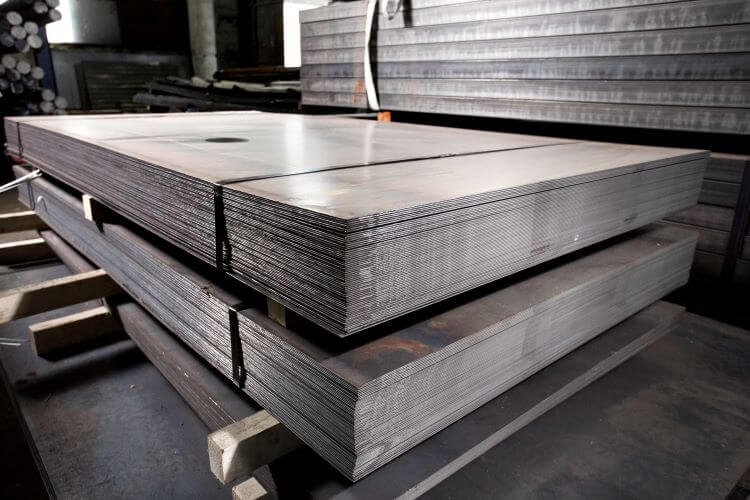Rexarc is currently open from 7:30 AM – 4:00 PM EST, Monday – Friday. Read More
Rexarc is currently open from 7:30 AM – 4:00 PM EST, Monday – Friday. Read More

Determining the material choices is one of the most critical steps of designing a pressure vessel. If you’ve decided that stainless steel is the right material for you, you will also need to know what grade of stainless steel you need since stainless steel is a pretty versatile material. This article will describe some of the most common stainless steel grades, and what ones you might consider for a pressure vessel.
Stainless steel is a broad category of materials with varying properties depending on the chemical makeup of the steel. All steel is an alloy of iron and carbon. Stainless steel adds at least 10% chromium to the alloy, and the grade is determined by small quantities of other materials added to the mix. Grade standards are set by the Society of Automotive Engineers (SAE).
The top three most common stainless steel grades used for pressure vessels are 304, 316, and 317. They each have slightly different compositions and properties, which we’ll describe below:
The chemical composition of 304 stainless is 18% chromium, 8% nickel, and the rest is a mix of iron and carbon. 304 stainless is highly corrosion resistant because of the added chromium content. It’s one of the most common types of stainless steel in use across industries.
316 stainless steel is the second most common type of stainless. It’s made of the same components as grade 304, with the addition of molybdenum, which increases its corrosion resistance to chloride corrosion. This makes it excellent in marine environments, and anywhere else it’s likely to be exposed to saltwater.
Grade 317 stainless steel is even more corrosion resistant than 304 or 316, since it includes more nickel in its composition. However, nickel is a very expensive material, so the addition makes it more expensive than the other two types. It’s highly corrosion resistant to many acids, including sulfurous, which are particularly corrosive.
There’s two major factors to consider when choosing what stainless steel grade to use: cost and corrosion resistance. Generally, the more corrosion resistant the steel is, the more expensive it is. You might not need the most corrosion resistant steel, however, if the environment you’re planning to use it in isn’t highly corrosive. A pressure vessel kept in a lab indoors in a well-regulated environment storing fairly stable contents won’t need to be especially resistant to seawater, for instance, so a cheaper steel like 304 stainless might be a good choice.
Need to know more about pressure vessel design and what material choices you have available? Rexarc is a leading manufacturer of custom pressure vessels in stainless and carbon steels, and we would be happy to share our expertise with you to help you design the vessel that best suits your project. Please contact us today!

We are a one stop shop from custom vessel production to full skidding, plumbing and instrumentation.

We stand by our processes and communicate with you on your project status as much or as little as you would like.

We continually reinvest in our people, business, and equipment technology to ship quality products on time.
